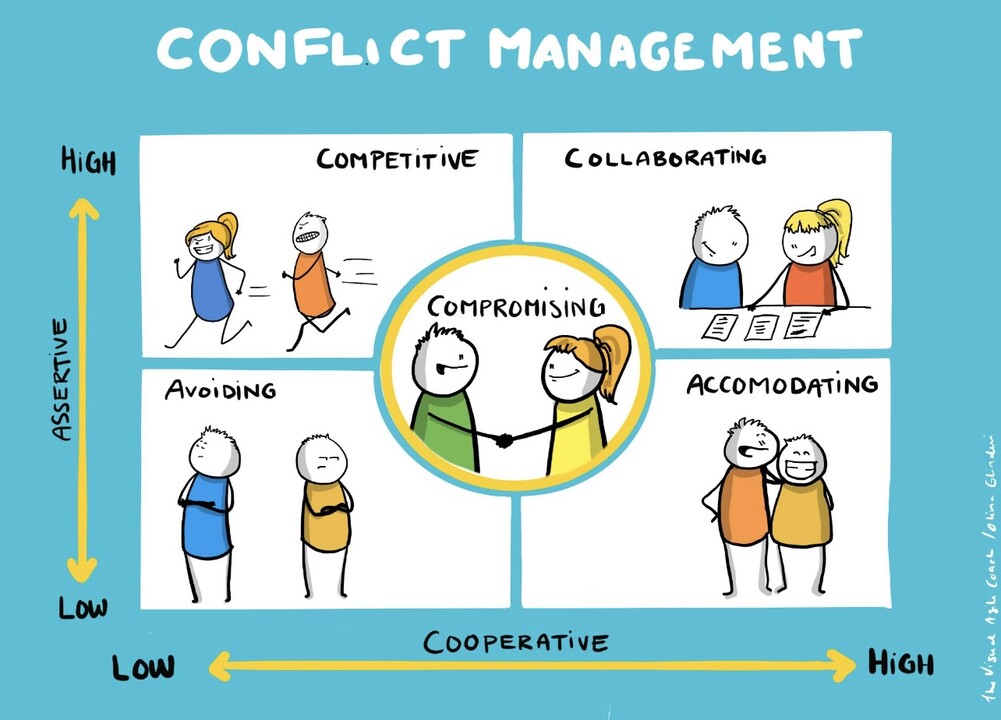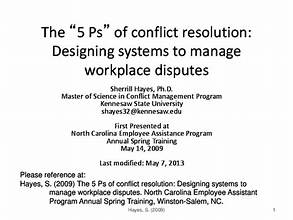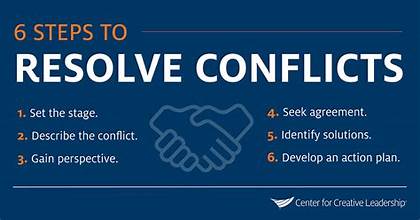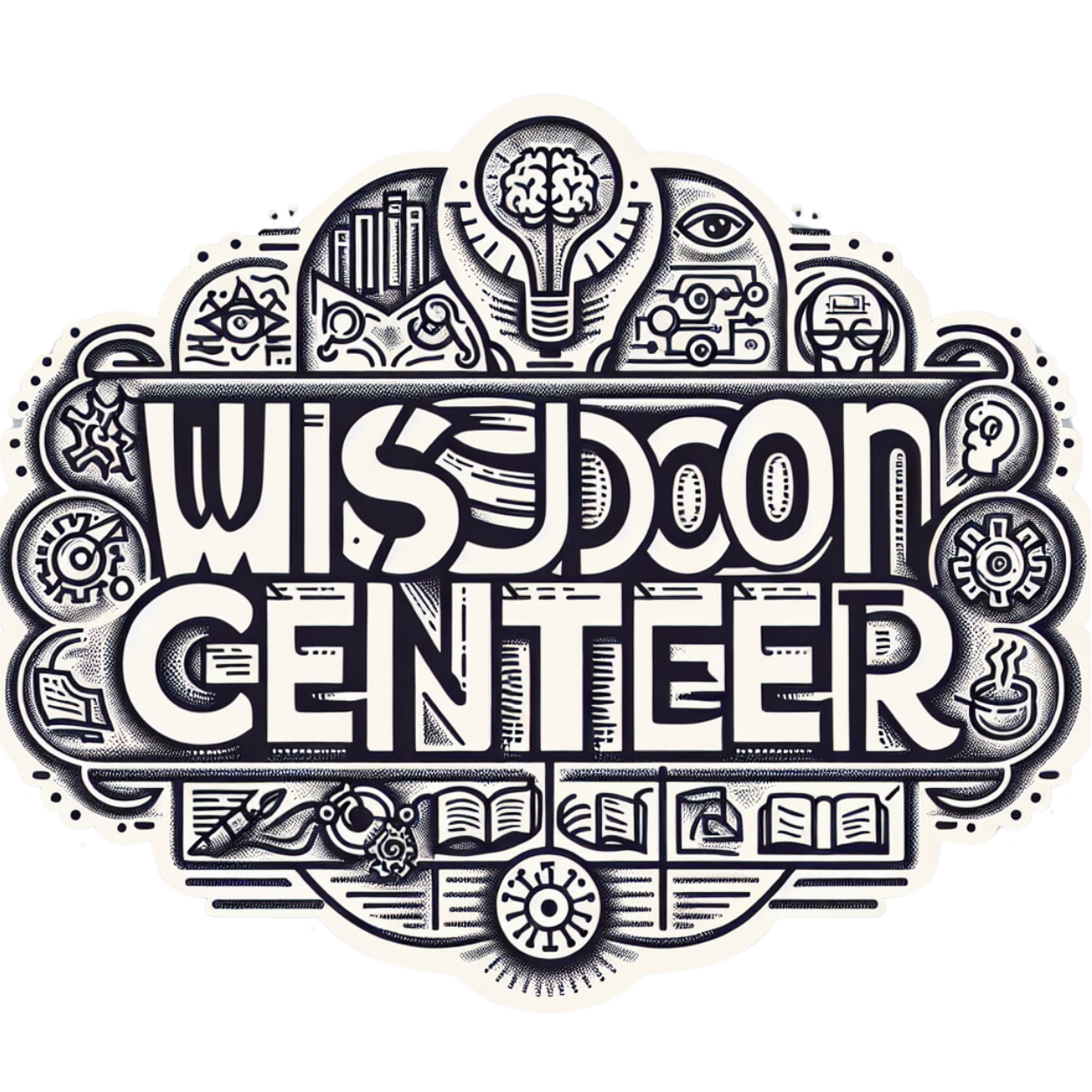
Navigating workplace disputes is an essential skill for maintaining a positive and productive work environment. Conflicts are inevitable in any professional setting, but mastering the art of conflict resolution can turn these challenges into opportunities for growth and collaboration. In this article, we will explore key skills and techniques for effectively resolving conflicts in the workplace, ensuring you can handle disputes with confidence and professionalism.
Understanding Workplace Conflicts
Before diving into conflict resolution techniques, it’s crucial to understand the nature of workplace conflicts. Disputes can arise from various sources, including:
- Communication Breakdown: Misunderstandings or lack of clear communication can lead to disputes.
- Differing Goals or Values: Employees may have conflicting objectives or personal values.
- Resource Scarcity: Competition for limited resources can create tension.
- Personality Clashes: Different personalities and working styles can sometimes clash.
Recognizing these sources helps in addressing conflicts more effectively.
Key Skills for Conflict Resolution
- Active Listening
Active listening is the cornerstone of effective conflict resolution. It involves fully concentrating on what the other person is saying, understanding their perspective, and responding thoughtfully. Key aspects of active listening include:
- Empathy: Show genuine concern for the other person’s feelings and viewpoints.
- Nonverbal Communication: Use body language and eye contact to demonstrate attentiveness.
- Clarification: Ask questions to ensure you understand the issue correctly.
- Effective Communication
Clear and respectful communication is vital in resolving conflicts. Techniques include:
- Using “I” Statements: Express your feelings and thoughts using “I” statements to avoid sounding accusatory (e.g., “I feel concerned when…”).
- Being Specific: Address specific behaviors or incidents rather than generalizing.
- Maintaining Calmness: Keep your tone and body language neutral and professional.
- Problem-Solving Skills
Approaching conflicts with a problem-solving mindset can lead to mutually beneficial solutions. Steps to effective problem-solving include:
- Identifying the Root Cause: Determine the underlying issue rather than just addressing surface-level symptoms.
- Brainstorming Solutions: Collaborate with all parties involved to generate potential solutions.
- Evaluating Options: Discuss the pros and cons of each solution and choose the most viable one.
- Emotional Intelligence
Emotional intelligence involves understanding and managing your emotions as well as recognizing and influencing the emotions of others. High emotional intelligence can improve conflict resolution by:
- Regulating Your Emotions: Stay calm and composed, even in challenging situations.
- Empathizing with Others: Understand and validate the emotions of others involved in the conflict.
- Negotiation and Compromise
Negotiation and compromise are often necessary to reach a resolution. Techniques include:
- Finding Common Ground: Identify shared interests or goals to build a foundation for agreement.
- Being Open to Compromise: Be willing to make concessions to reach a mutually acceptable solution.
Techniques for Navigating Workplace Disputes
- Mediation
Mediation involves bringing in a neutral third party to facilitate the resolution process. The mediator helps clarify issues, guide discussions, and propose solutions. Benefits of mediation include:
- Impartiality: A mediator provides an unbiased perspective.
- Structured Process: Mediation offers a structured approach to resolving disputes.
- Conflict Resolution Frameworks
Using established frameworks can help structure the resolution process. Popular frameworks include:
- The Thomas-Kilmann Conflict Mode Instrument (TKI): This framework categorizes conflict-handling styles into five modes: competing, collaborating, compromising, avoiding, and accommodating.
- The Interest-Based Relational (IBR) Approach: This approach focuses on building relationships while addressing the underlying interests of all parties.
- Creating a Conflict Resolution Policy
Developing a clear conflict resolution policy helps set expectations and procedures for handling disputes. A comprehensive policy should include:
- Procedures for Reporting Conflicts: Outline how employees should report conflicts and seek resolution.
- Steps for Resolving Disputes: Define the steps to be taken, including who will be involved and how decisions will be made.
- Training Programs: Implement training programs to equip employees with conflict resolution skills.
- Fostering a Positive Work Environment
Preventive measures can reduce the likelihood of conflicts. Strategies include:
- Encouraging Open Communication: Promote a culture where employees feel comfortable sharing their concerns.
- Building Strong Teams: Foster teamwork and collaboration to build trust and reduce tensions.
- Providing Regular Feedback: Offer constructive feedback to address issues before they escalate.
Conclusion
Mastering conflict resolution requires a combination of skills, techniques, and proactive strategies. By honing your active listening, communication, problem-solving, emotional intelligence, and negotiation abilities, you can navigate workplace disputes more effectively. Implementing mediation, conflict resolution frameworks, and clear policies further enhances your capacity to resolve conflicts and foster a positive work environment. Embrace these practices to turn conflicts into opportunities for growth and strengthen your workplace relationships.

